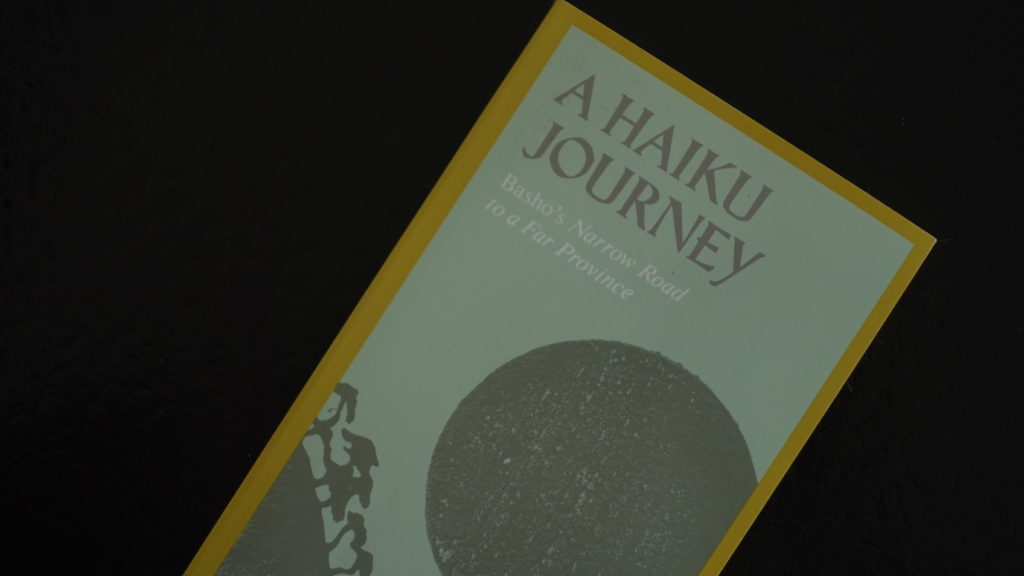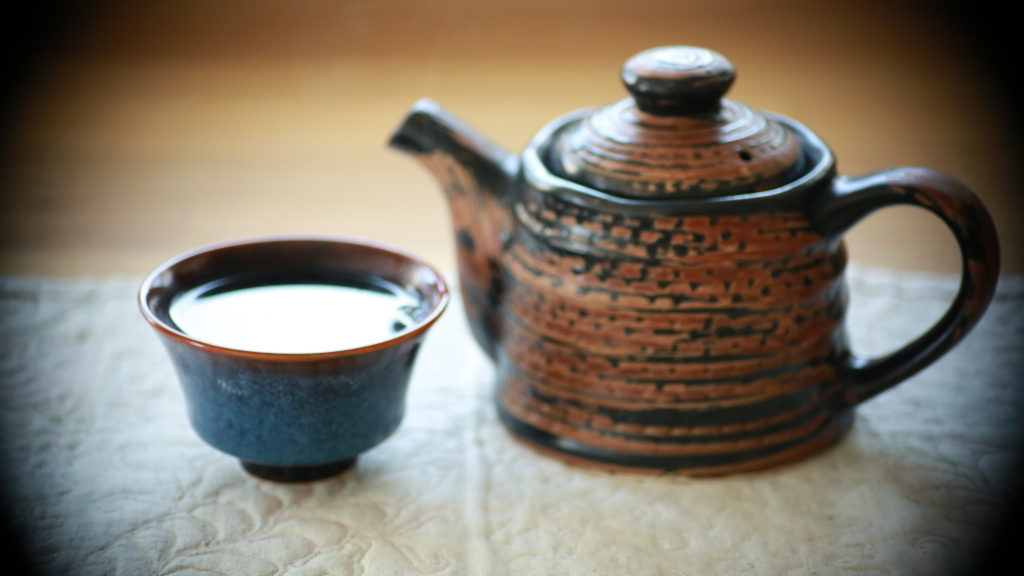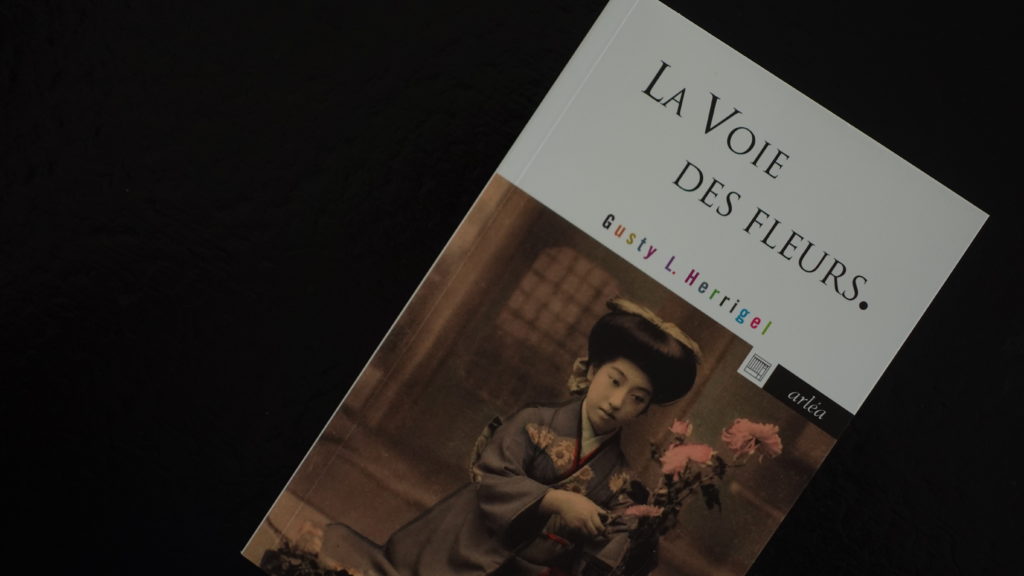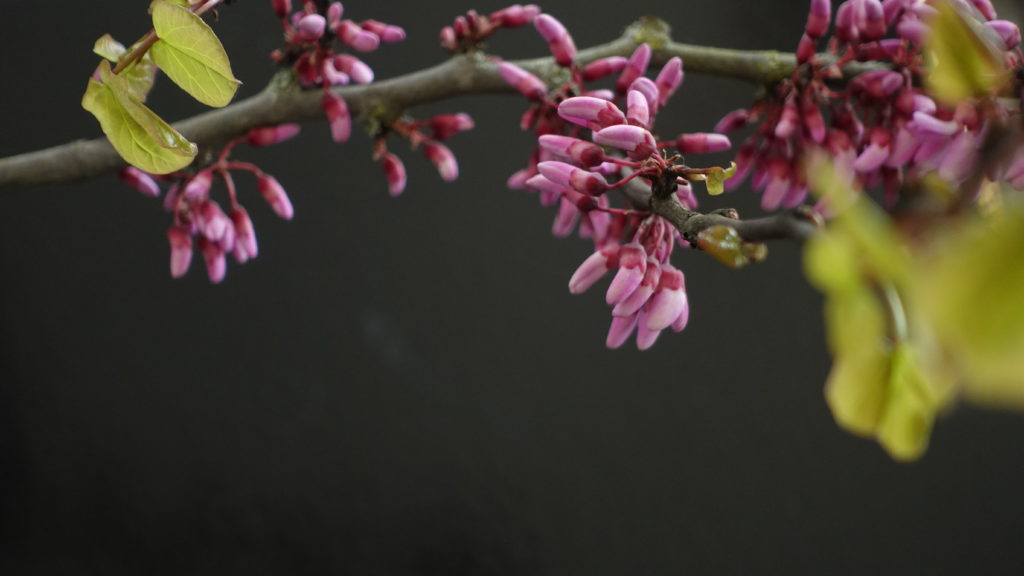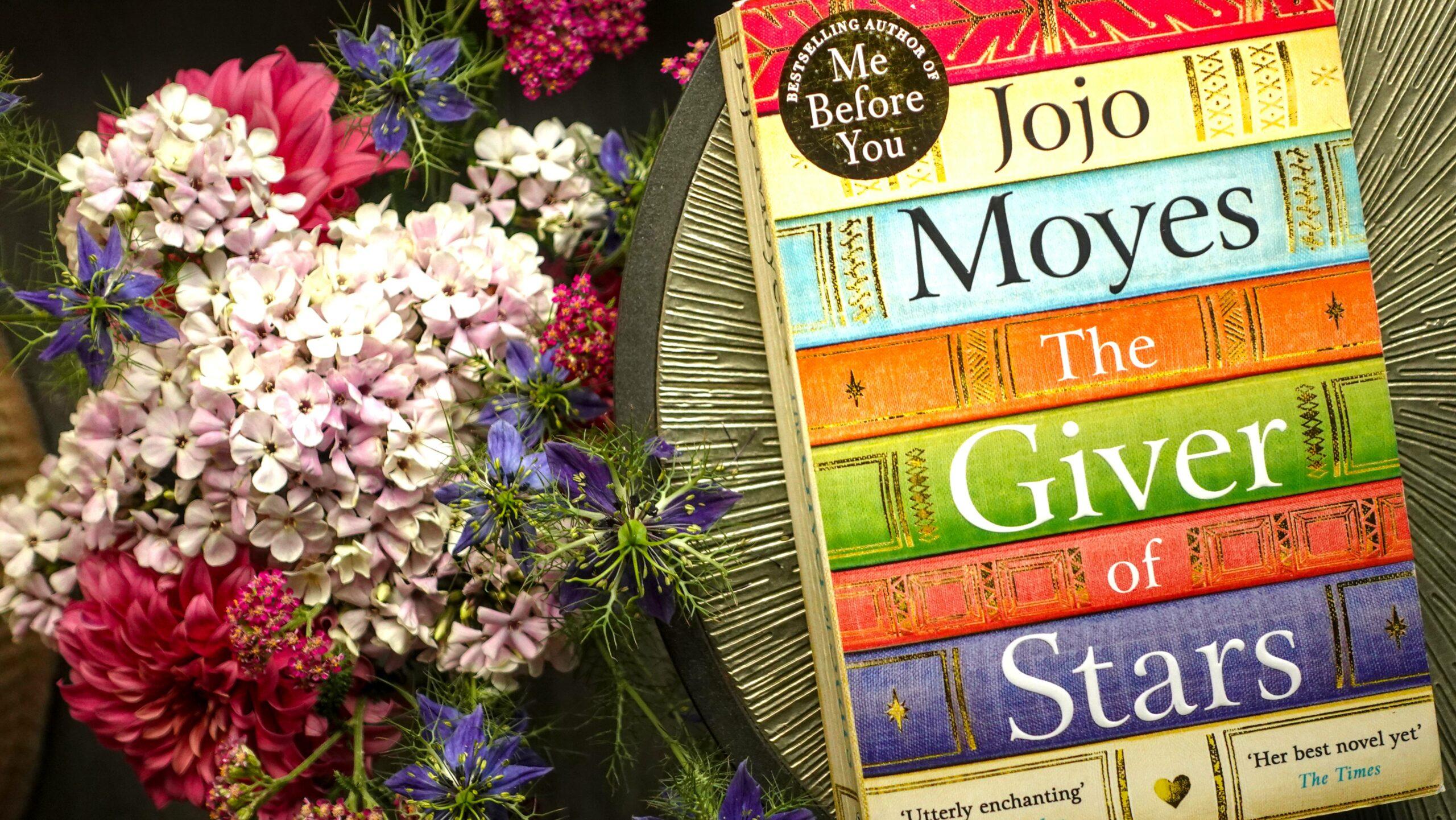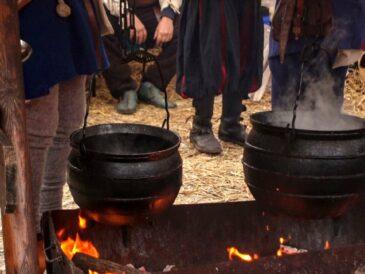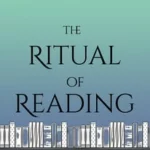Isn’t it just fascinating how synchronicity works ? When I first decided to make April my Japanese reading month, I had no idea that on the 17th would be the International Haiku Poetry Day. But sometimes you just need a project to channel your energy, and the rest follows effortlessly. Well, almost effortlessly as you’re about to see…
My love for the haiku has already been declared, in videos of poetry or of Japanese inspiration around novels, like the one I’ll link here. But for this festive occasion, I wanted to bring to your attention a little treasure of a book that sparked my enthusiasm this April, The narrow Road to a Far Province, also known as The Narrow Road to the Deep North, by the master and creator of the modern haiku, Basho.
Matsuo Bashō lived in the 17th century and was the most famous poet of the Edo period in Japan. He studied the various forms of poetry accepted by society at the time, and infused the hokku form with a sensibility to life’s experiences that ended up creating what we know today as the haiku. On his road to enlightenment as a devoted Zen Buddhist, he decided to follow in the footsteps of the Chinese and Japanese wondering poets, and search for inspiration while travelling the country. This book is his travel journal, his intimate observations on every city and province he passed through, along with the resulting poems. The concept is absolutely fascinating, and the quality of the translation remarkable. Having studied literary translation in college, I always thought that everyone (teachers and students alike) was focused on the words as if they were math equations, emotion never played a central part in the process. I felt something was missing, but couldn’t quite identify it, until today. The introduction by Dorothy Britton has such a finesse in describing Basho’s works, I went and researched her bio. And this is the a-ha moment : she is a writer, poet AND composer. I suddenly felt a sense of musicality in her approach, an understanding of something so profoundly immaterial that only a musician of classical formation could understand and capture into words. So my big revelation for this International Haiku Poetry Day, is that the best translators of poetry, are lovers of good music.
Let’s take a moment to contemplate :
Loath to let spring go,
Matsuo Bashō
Birds cry, and even fishes’
Eyes are wet with tears.
This deserves lovely cup of something that could enhance our exotic experience, so I’m continuing my exploration of Japanese tea with this seasonal blend by Lupicia, called Hiraki. A base of black tea flavoured with plum and peach extract. The plum in Japan is known as the flower that announces spring, and in this playful combination with puffed rice, it evokes plum blossoms in full bloom, the sign of a successful year. A fruity and lightly astringent black tea, perfect for an afternoon treat while reading Japanese poetry.
I cannot think of the masterful concentrate of meaning that is the haiku, without jumping to the art of Japanese flowers, or Ikebana. I had some basic notions that I wanted to enrich, and my visit to the Japanese bookstore offered me the perfect guides. After the incredible essay on the philosophy of tea by Okakura Kakuzo, I was delighted to find something similar on the art of flowers, in Gusty Herrigel’s essay La voie des fleurs, translated into English as Zen in the art of flower arrangement. The book offers a detailed description of the writer’s experience as a floral apprentice learning from a renowned master, as well as her observations living in Japan for many years, on the habits and perceptions related to flowers in every day life. Some of her master’s teachings will stay with me forever :
Humans and plants are changing and perishable, the only eternal thing is the meaning and essence of the floral composition.
While working, it is inside us that we need to find the external form.
Whatever they may be, the elements you use are secondary. The thought is accurate only if it surpasses them : it is towards this goal we need to officiate.
Treating flowers with the respect they deserve will refine your personality.
Gusty Herrigel, La voie des fleurs
I wanted to try my hand at what I considered a craft, and later discovered is one of the highest and most sublimated forms of art. This picture book of Ikebana for children, seemed perfect at explaining the basic principles like styles, composition, props and finally execution. I read everything carefully, and somehow the enthusiasm I felt at the beginning was slowly transforming into fear. I decided to try a freestyle natural ikebana, so less worry on the exact angles of the stems, and more emphasis on the nature inspired look. My initial plan was to adapt a shallow bowl and use a kenzan, but when I started to push the branch down, I had that premonition it could all end up in the ER. The branch was very dense, and even pushing at my strongest, I still couldn’t make it hold. As for looking inside me to find the external shape, I was sweating too much in order to accomplish any spiritual breakthrough. So I changed my initial plan, and used a different vase with a frog instead of a kenzan. All of a sudden I relaxed, and once my blossom branch was in place, I could search for meaning. The end result is certainly a distant cousin of Ikebana, that had the important role of teaching me to never lose sight of my intention.
Two forms of minimalism in art, haiku and ikebana, together to celebrate the infinite contained in the infinitesimal.
Until next time, enjoy your reading and your rituals !
If you would like to support The Ritual of Reading, please consider purchasing your books from the Bookshop.org dedicated site by clicking the link below. You get to support local bookstores and I make a small commission with every purchase. Thank you !

